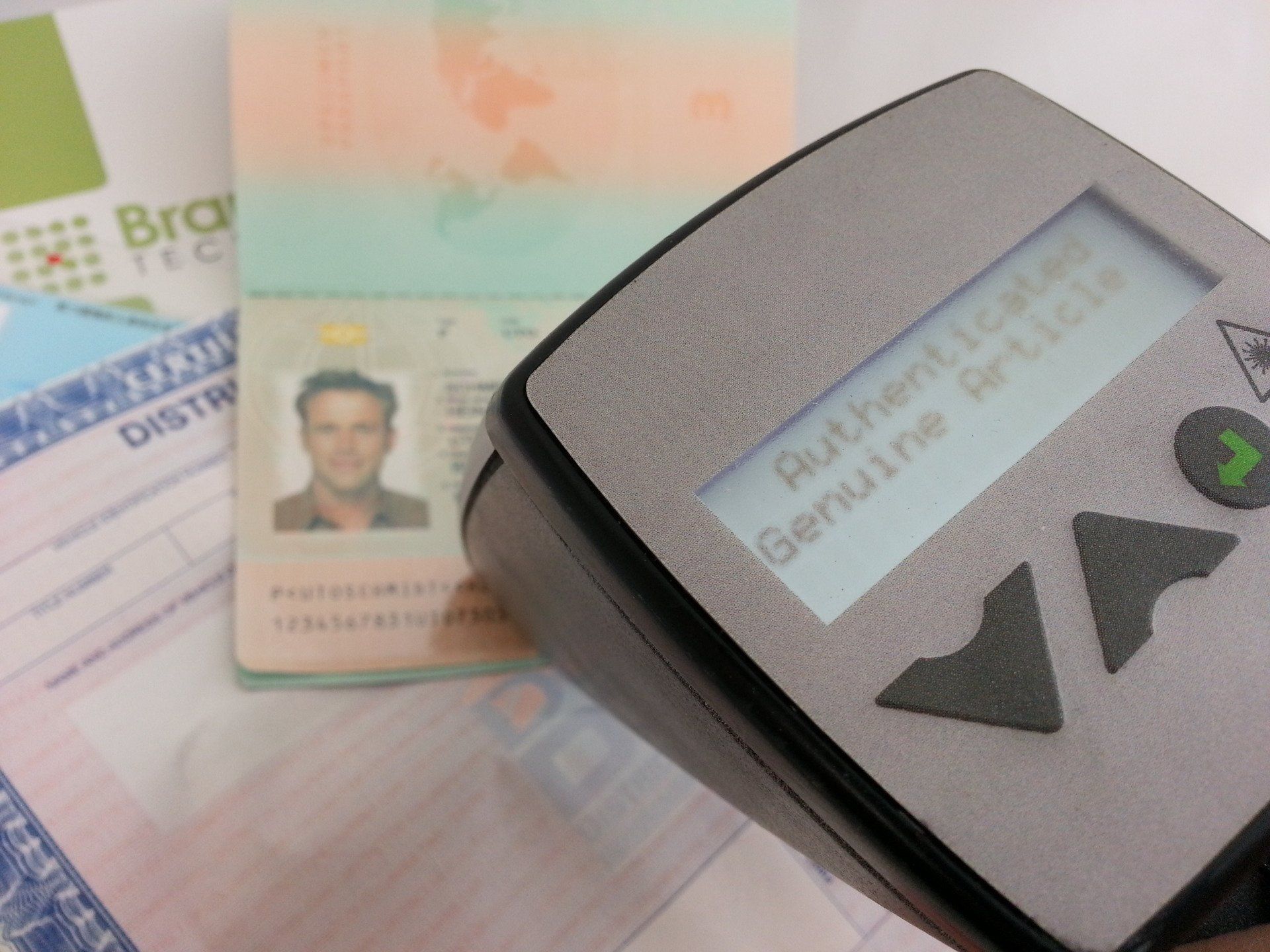BrandWatch's Latest News
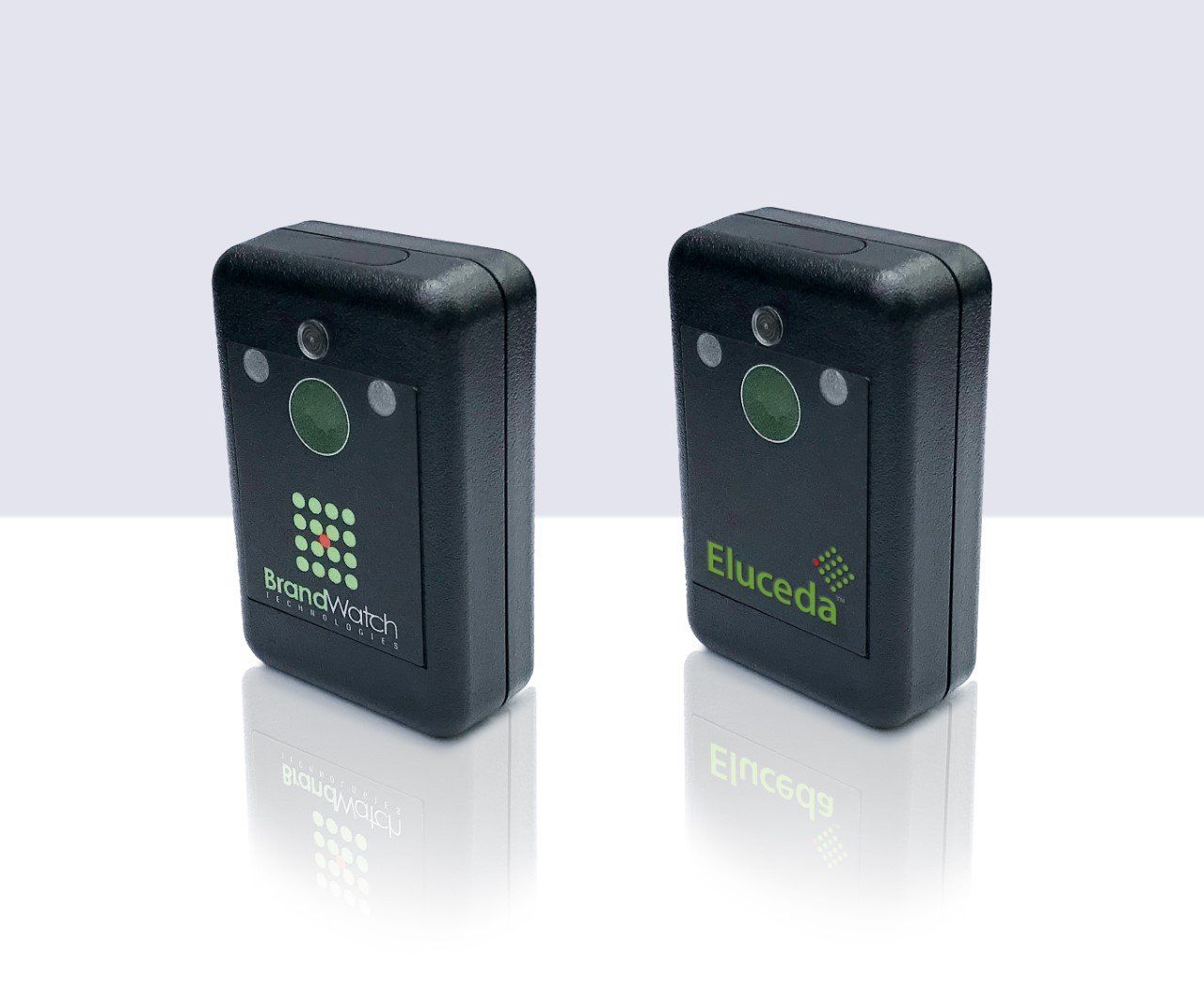
Leading covert solutions provider BrandWatch Technologies will rebrand as Eluceda in January 2021, marking an important step in the evolution of the Eluceda Group’s market positioning by providing a single name for its global detection technology business. The rebranding of BrandWatch follows Eluceda’s acquisition of the manufacturer of security materials and detections equipment in 2019.Under its new name, manufacturing of BrandWatch’s product range will continue to be produced from its base in the US. In addition, the business will offer a wider range of solutions, including Eluceda’s patented E-Sens™ Biological Detection System. Commenting on the change, Neil Ivey former CEO of BrandWatch Technologies and now President of Eluceda said: “This is a truly exciting time for our business. Moving forward under one identity as Eluceda provides clarity to clients and the industries we serve along with access to a wider range of in-product authentication and verification technologies, supported by knowledge and expertise from across our wider business.” Matthew Harte, CEO of Eluceda added: “We have already seen significant synergies since the acquisition of BrandWatch Technologies this year. By coming together under the Eluceda brand we deliver a simplified message to all our global customers and are better placed to provide the portable protection technologies that will help make the world a safer place.”
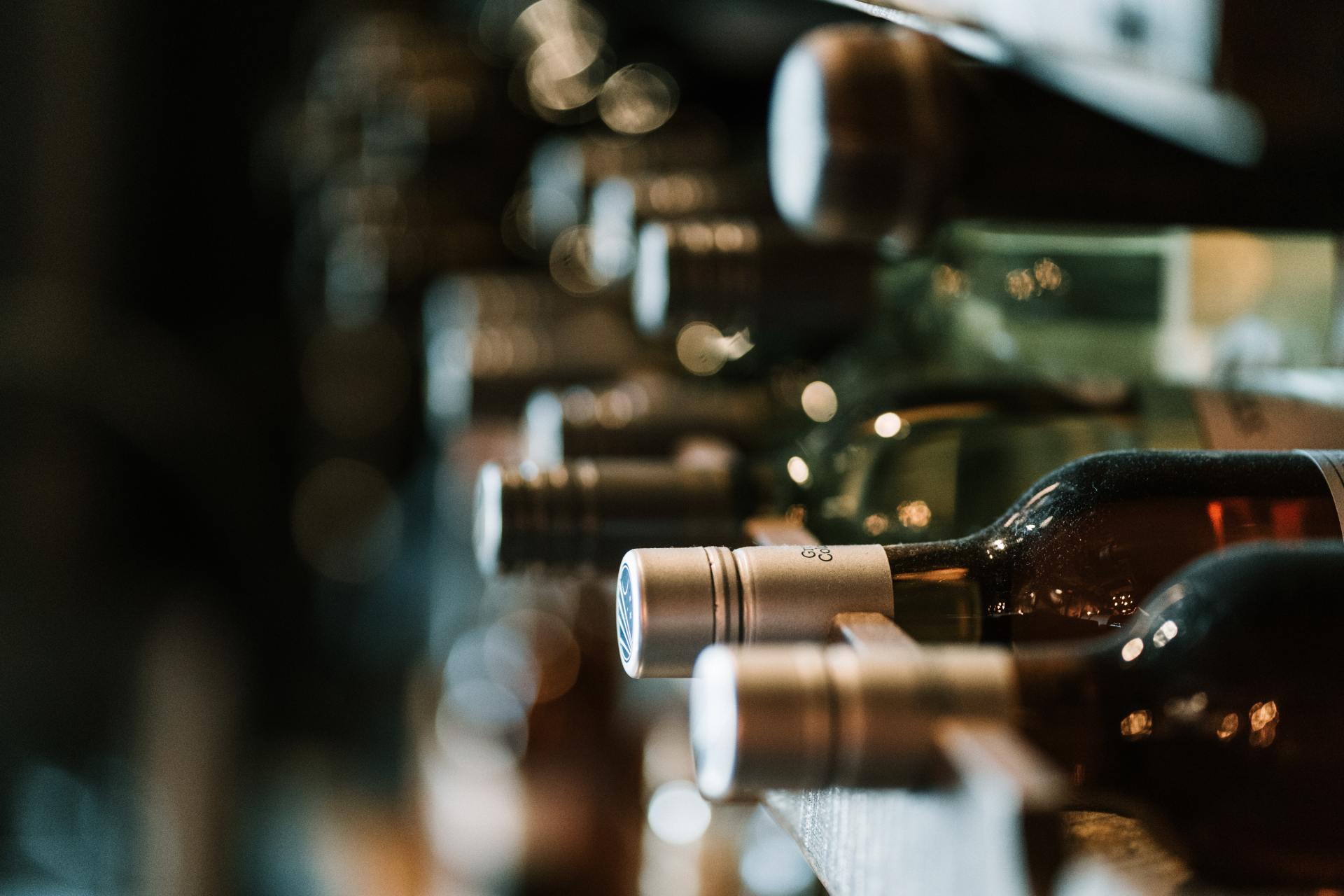
The market of Chinese wines is huge as the country is in a growth spurt where drinking wine is a testimony to a position up there on the upper pedestal. Given below is the descending order at which wine lovers in China rate their preference: First in line comes the Chinese red wine; which is preferred by most Chinese, thanks to their love for tea which has strong tannins. This is followed by French wine, Bordeaux, and finally, Chateau like labels. (In 2010, a case of Chateau Lafite 2009 was sold for 43,000 pounds in Hong Kong; a figure three times bigger than that of an identical London-sold bottle.) According to the statistics from International Wine and Spirit Research, in 2009, the market for Chinese wines had been to the size of 93 million nine litre cases which was expected to breach 100 million mark in 2010. No wonder, market for imported wine is growing in a blitzkrieg pace, to the tune of 46% Compound Annual Growth Rate in the last ten years and 72% in the past five years, according to Beveragedaily.com. And this market forms a 10% fraction total wine market in China. Reports suggest that China may even overtake Australia in wine production in a period of three years taking it from tenth to sixth place by 2014. This warrants a rise of 77% in output. In 2009, Chinese output stood at 72 million cases, which is equal to 960,000 tons, a staggering 28% Y-O-Y growth. If the momentum is maintained, the country’s wine output would reach 128million cases in 2014, seven million cases high on Australia’s projected output for the same year. Some of the world’s most famous vineries want to exploit this opportunity: Torres, typical Spanish winery is already having stakes in two vineyards in China. And, Shangdong region is evolving as a hot spot in China’s wine map. But high-cost vintage wines are also riding a wave of scams as new wine is filled in old vintage bottles and sold for hefty sums to relatively uneducated (in wine), over-night millionaires. An empty wine bottle is sold for 300 pounds in China with Lafite and Maotai wine bottles clocking huge demand. 2,900 yuan (£282) for an empty bottle of Lafite Rothschild is not a bad bet after all! To counter this, ‘originals’ are doing everything in their command with holograms and seals and what not! In fact, it has opened up new business vistas for security firms in packaging and brand protection: BrandWatch Technologies, a Portland-based concern and France-based, Prooftag, recently informed of a partnership intended to come up with a set of advanced protection tools for the wine and spirits industry based out of Western countries. They offer overt security measures like microtext, packaging design features; covert defence measures like holograms, copy prevention, OVDs, intaglio inkcoding, and encrypted bar codes and even forensic technologies like DNA applications. However, industry players still maintain that fakes can sometimes fool people and make them empty their wallets. Source: http://www.commodityonline.com/news/New-wine-in-old-bottle-Chinese-wine-scam-36518-3-1.html

Ongoing developments in medical plastics are speeding innovations that could extend the reach, effectiveness, and safety of medical devices Many trends that shape the demand for medical devices are having a major effect on resin formulations and applications. The result is a steepening trajectory of innovation that’s revolutionizing the ways in which plastics are considered, designed, and used in this surging, vibrant market. The stakes are enormous in winning the materials competition that requirements for medical products mandate. The specification of resins in high-volume applications can generate a sizeable payback for all companies in a supply chain—resin producers, processors, and OEMs. This is because medical and related applications (packaging, diagnostic systems, and other components) continue to generate steady growth around the world and have the potential for broad penetration of developing regions. Trends fueling product use include: aging populations in North America, Western Europe, and Japan that require growing levels of healthcare, as well as access to the latest medical technologies; the increasing compatibility with Western standards of requirements for devices in China and India, which is opening vast new markets to OEMs and resin suppliers (both countries together account for 35% of world population, and India is projected to become the world’s most populous country by 2022); and ongoing efforts to upgrade medical care in underdeveloped countries. Also important are reducing the cost of healthcare and, for people with chronic conditions such as diabetes, maintaining quality-of-life activities. The evolution of “smart” devices—in this case, plastics-rich products that record and transmit diagnostic and monitoring data, or release medicine into the body—is vital in meeting individual and societal needs in this regard. The positive outlook for medical applications is confirmed by market studies. Consider these robust findings from one report compiled by Transparency Market Research of Pune, India, whose U.S. office is in Albany, New York: The global medical polymers market (including packaging, diagnostic systems, and components) is projected to reach $15.8 billion by 2020. This equates to a compound annual growth rate in demand of 8.3% from 2014 to 2020. The global sales revenue for the market will account for $505 billion by 2020. North America remains the top market for medical device sales, with, in 2013, a little more than 40% of global share, closely followed by Europe. Other studies forecast somewhat lower global growth and sales revenue. Nevertheless, all of them confirm continuing gains in the market, along with the potential for sizable new business opportunities. This is good news, but it also presents major challenges for the supply chain, one of the biggest of which is how best to guarantee the quality and integrity of materials and devices. Read the Whole Article Here :- Plastic_Engineering_Article_Ampacet_BrandWatch

BrandWatch Technologies and Prooftag have joined forces to create a set of protection and marketing tools for the wine and spirits industry to help domestic wineries and distilleries overcome the problems of counterfeit product and authentication in overseas markets. Of particular concern is China, which is recognized as both a huge market for potential growth and a hotbed for counterfeiting problems. BrandWatch Technologies, based in Oregon, is a supplier of security solutions based on up-converting taggants that combine up to four levels of covert protection in one product (see AN Vol 15, No 6). The markers can be incorporated into a wide variety of products, including inks and pigments, threads, labels and holograms, masterbatches, watermarks and paper, and are detected by custom hand-held readers that can identify the distinct layers of protection simultaneously. Prooftag, meanwhile, is the developer of Bubble Seal – polymer labels and seals containing random bubbles (a byproduct of the extrusion process), the pattern of which is unique to each item and is converted to a code (see AN Vol 16, No 5). Images of these patterns as well as the codes are stored in a database and can be interrogated for product identification. The technology is already used for a number of wineries in France and California. Under the partnership, BrandWatch is now offering Prooftag’s Bubble Seal technology as an integrated component to its multi-layered protection products, to include its overt, covert, track and trace and forensic technologies. The partnership also provides brand owners with an iPhone app that enables distributors and consumers to verify the product they are holding is authentic. The iProof app uses the phone’s camera to take a picture of the Bubble Seal, which then cross-references an online database of products to confirm authenticity. Instant offline authenticity can be achieved with the BrandWatch Reveal detector. www.authenticationnews.com VOLUME 17 I NO 4 I APRIL 2011 I PAGE 3 New_Partnership_For_Wine_Protection2.pdf

A lot of attention is paid to measures that try to thwart counterfeiting. Equally important, says Phil Huff, CEO of Brandwatch Technologies, a provider of brand security and product authentication solutions, is what a business does when a counterfeit product is discovered. As part of an overall strategy to address counterfeiting, Brandwatch emphasizes the importance of data collection—not just identifying authentic products, but bogus parts as well: Many times there is an IT aspect to our solution. Gathering information about a product as it travels throughout the supply chain is part of the overall strategy and can help the enforcement piece of the process. We don’t get directly involved in pursuing enforcement; we provide the evidence that can be used as proof [of counterfeiting] if it becomes part of a court case. In the electronics supply chain, cases have made it to court in several ways: companies targeting counterfeits as patent infringement; prosecution by state or federal government agencies; and investigation by bodies such as the International Trade Commission (ITC). Within the past year there have been two high-visibility cases of fake components sold to the US Department of Defense that were prosecuted by the government. Both resulted in guilty pleas. The US Department of Justice released details of a case against Neil Felahy. Network World, part of the IDG News Service, covered the case of VisionTech, a Florida-based distributor. In the Felahy case, the Department of Justice notes that military-grade components are treated differently than commercial-grade components—in other words, they undergo more rigorous screening. Additionally, details are provided on how the counterfeit goods entered the supply chain: According to the Indictment, the defendants engaged in the interstate trafficking of counterfeit integrated circuits, in a variety of ways. First, they acquired counterfeit integrated circuits from supply sources in China, imported them into the United States, and sold them to the public via the Internet. Second, they obtained trademark-branded integrated circuits then scraped, sanded, or ground off the original markings, and caused the devices to be remarked with another trademark and other markings thereby fraudulently indicating, among other things, that the devices were of a certain brand, newer, higher quality or were of a certain grade, including military grade. Third, the defendants “harvested” dies from integrated circuits and caused them to be repackaged to appear new, including adding trademarks and other markings indicating that the devices were of a certain brand, higher quality or were of a certain grade. Clearly, there is a high level of traceability and data-gathering in the military procurement process—which is as it should be. For the military and aerospace industries, lives are almost always at stake in the equipment they manufacture. In the two cases above, components were sold in the US to the US military, which may account for the rapid and successful prosecution. It may not be possible or viable for commercial components to be treated the same way. Patent infringement is time-consuming and costly, and prosecuting in foreign regions is difficult because laws vary from country to country. But patent and copyright protection should not be as time-consuming or as costly as it currently appears to be. Brandwatch says companies that aggressively defend their brands are less likely to be targeted by counterfeiters. Has your company had any experience in defending its brand? What was the outcome? Source: http://www.ebnonline.com/author.asp?section_id=1071&doc_id=201105
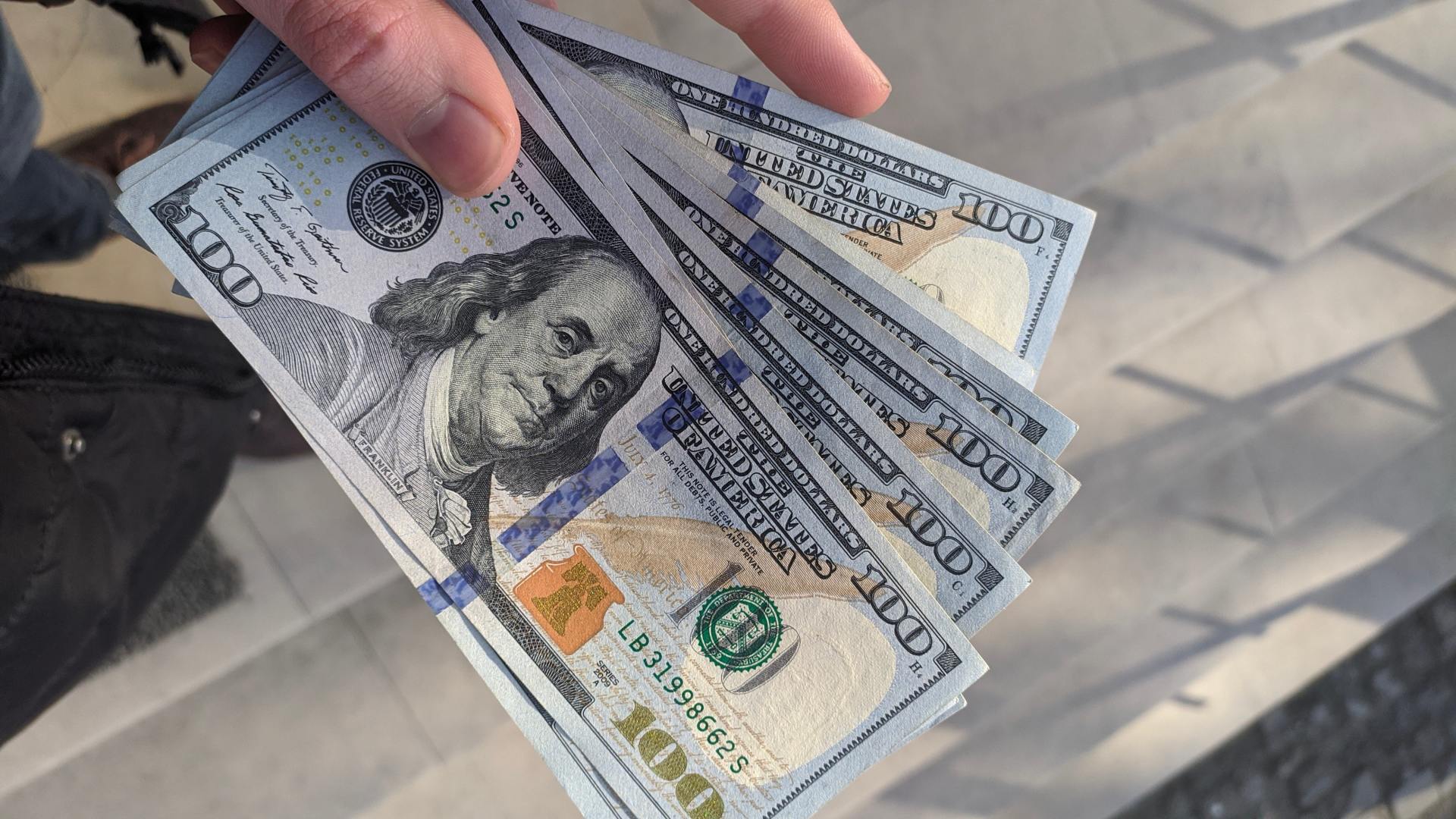
“There’s no silver bullet for counterfeiting,” says Phil Huff, CEO of Brandwatch Technologies, a provider of brand security and product authentication solutions. The electronics industry knows this all too well. While leading companies in the industry are enacting their own anti-counterfeiting measures—such as attaching identification numbers or ID tags to track their components and products—the supply chain as a whole relies on the practice of buying and selling directly from suppliers or through authorized distributors to discourage bogus products from entering the channel. There is no industry-wide technology or standard that addresses the needs of all the products and services throughout the electronics supply chain. The need for a security standard or an automated identification system has been raised from time to time within the electronics supply chain. In addition to the logistics of identifying and tagging the millions of components that pass through the channel every day, the issue of an equipment-based solution poses a problem. If the supply chain adopts an authentication system, there’s nothing at this time that prevents unauthorized suppliers or distributors from using that same system. The development and adoption of a proprietary system could be too costly for small and midsize companies in the supply chain. Organizations such as NASPO – the North American Security Products Organization — are working to develop national and international fraud countermeasures and control standards. NASPO would also certify compliance with those standards in the areas of finance transactions, identity management and material goods. Brandwatch — which is active in NASPO—uses proprietary technology and best practices to secure its customers’ products and supply chain. Brandwatch manufactures microtaggants—invisible particles that have specific properties that are recognized by scanners and machinery used in the field—to identify and authenticate products. The taggants can be embedded into paper, substrates, polymers and inks. Brandwatch’s solution focuses on securing supply chains, reducing liability, detecting counterfeits, implementing track and trace, identifying grey market diversion and verifying product recycle chains. The company’s technology originated in military research. In addition to the technology, the company recommends a multi-layered approach to anti-counterfeiting. It begins with an assessment of a company’s practices; addresses a specific problem identified by the organization; and then incorporates the taggants into the manufacturing process of the product. “In many cases there is an IT aspect as well; there is a lot of information surrounding the identification of products and the tracking of products through the supply chain, so the IT piece compiles and analyzes the data,” says Huff. “This is data is crucial to the final part of the solution, which is assistance in enforcement. We provide the evidence and information to substantiate a claim.” Huff says Brandwatch customers don’t necessarily require their supply chain partners to adopt the technology, but better practices and procedures help in the overall security of the supply chain. “Any organization that provides brand security incorporates a chain of custody (COC) policy that mandates both upstream and downstream views in terms of governance [with the COC policy],” says Huff. “By practicing our recommendations, customers and their partners adhere to this chain of custody. This has a ‘viral’ effect both upstream and downstream in terms of improving the overall security of the supply chain.” Huff says the best anti-counterfeiting systems incorporate a defensive mechanism—a proactive approach to security—as well as a tracking and tracing aspect. “Companies will come to us and realize there is a specific problem, and we will address each unique situation. But we also recommend defensive measures in addition to tracking and tracing their products. When companies incorporate a defense, they are no longer the low-hanging fruit. Companies with this strategy as less likely to have their products diverted,” he says. “The thing we have learned there is no single perfect solution; there is no silver bullet—the companies that are most successful in combating gray market diversion and counterfeiting are those that incorporate a defense mechanism vs. piecemeal approach,” says Huff. Should the electronics supply chain develop a standard anti-counterfeiting system? If so, should it incorporate hardware as well as best practices? Source: http://www.ebnonline.com/author.asp?section_id=1071&doc_id=200990#msgs
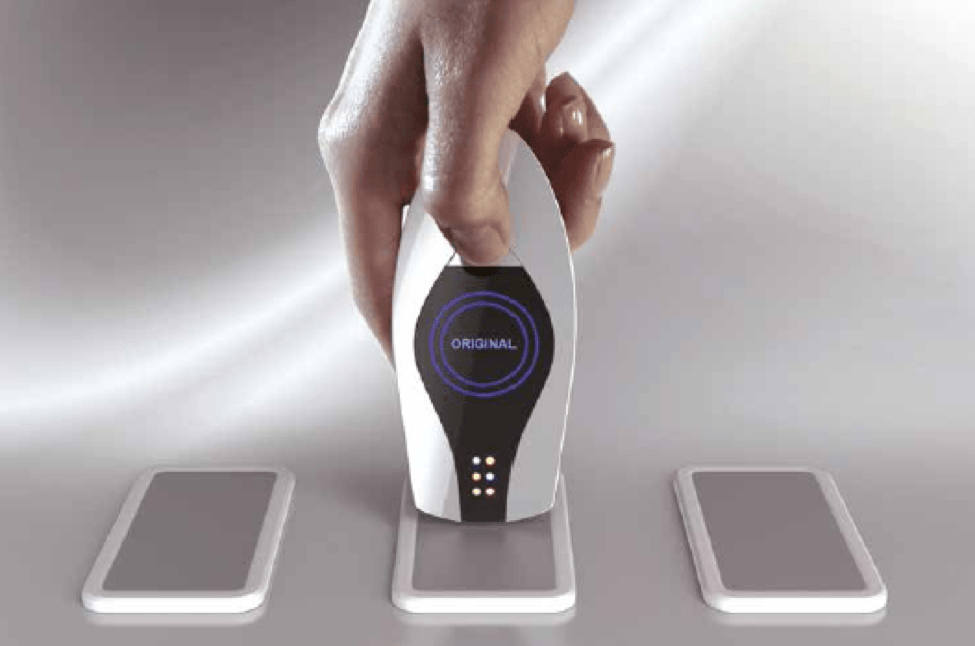
Strategic cooperation strengthens sales and marketing in the core U.S. and European markets Merck KGaA, Darmstadt, Germany expands Securalic® product range for brand and product protection Darmstadt, January 21, 2016 – Merck KGaA, Darmstadt, Germany, a leading science and technology company, is expanding its cooperation with BrandWatch Technologies into a strategic partnership. As a result, Merck KGaA, Darmstadt, Germany is extending its Securalic® product portfolio by a variety of new, hidden security features as well as the associated readers, thus consolidating its position in the core markets of the United States and Europe. The U.S. partner BrandWatch is a leading supplier in the field of security features. Through the cooperation, it is tapping into new distribution channels for its materials and detectors. “With this agreement, we will strengthen our position in the security field,” said Michael Weiden, head of Functional Materials at Merck KGaA, Darmstadt, Germany. In recent years, Merck KGaA, Darmstadt, Germany has made a name for itself as a global player in this sector. In place of easily copied standard solutions, the company develops an individual security concept for each brand protection program. The BrandWatch product range increases the array of possible combinations. The hidden security solutions can be verified only by means of detectors. In this way, high-quality brand-name products can be protected against imitation and consumer protection is bolstered. The life-threatening product piracy of pharmaceuticals and their packaging is also made more difficult through the Securalic® security concepts. They are part of an unbroken verification chain against product piracy and economic crime. Security pigments invisibly identify goods such as paint, plastic and printing products. Readers are used to make the hidden markings visible; one benefit of this is the ability along the supply chain to quickly and reliably differentiate high-quality originals from inferior copies that are damaging to business. “We’re pleased to have found a global partner who is represented in all target markets, has a good technical infrastructure and possesses many years of experience in the high-security sector – such as in protection against the forgery of banknotes and identification cards,” said Neil Ivey, CEO of BrandWatch Technologies, about the cooperation with the considerably larger partner. For Michael Heckmeier, Head of Pigments & Functional Materials at Merck KGaA, Darmstadt, Germany, the new partnership is primarily of expansive significance. He said, “We are strengthening ourselves in one of our strategic growth fields with new, innovative security solutions that we develop exclusively for our customers.” About security concepts for brand protection from Merck KGaA, Darmstadt, Germany: Merck KGaA, Darmstadt, Germany, offers unique, individual security solutions in a multi-level concept under the brand name Securalic®. Regardless of whether customers want visible, hidden or even forensic security features or a combination thereof, Securalic® security concepts meet almost every wish. They can be easily integrated into an existing product design. In addition to the actual products, Merck KGaA, Darmstadt, Germany, also offers the associated technical detectors and their programming and has thus become part of the global security chain. About BrandWatch Technologies: Established in 2001, BrandWatch Technologies is a global leader in brand security and product authentication solutions. Our brand security programs protect critical infrastructures such as agriculture, government, banking, defense, law enforcement, consumer products, transportation, and public health. We focus on securing supply chains, reducing liability, detecting counterfeits, implementing track and trace, identifying grey market diversion, and verifying product recycle chains. The company’s technology originated in military research and has received several certifications as to its stability, longevity and durability.
